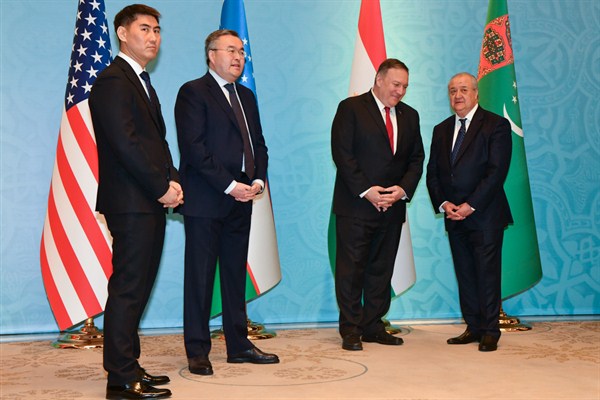The State Department released its updated strategy for Central Asia last month—a relatively short document that is mostly taken up with reiterating traditional U.S. priorities in the region. While it lacks the grand ambitions that fueled earlier U.S. approaches to Central Asia, particularly the aim to reshape its strategic geography through U.S.-backed infrastructure initiatives, the Trump administration’s new approach isn’t without its own ambitions.
Given the past gap between aims and results in U.S. policy toward Central Asia, more realism about American capabilities might be welcome. But the policy outlined by the Trump administration is still problematic. It is based on simplistic assumptions about geopolitical competition and an overly optimistic view of American influence. Although it lacks any new regional vision and mainly focuses on “a peace process that will end the conflict in Afghanistan,” the new strategy implies that the U.S. will still retain leverage, and interest, in Central Asia once U.S. forces leave. More problematically, it views the region through the lens of zero-sum competition with neighboring Iran, Russia and, especially, China.
While previous administrations in Washington understood that U.S. interests in Central Asia did not always overlap with those of Beijing, Moscow and Tehran, they remained open to cooperation, and were careful to avoid presenting countries like Tajikistan and Uzbekistan with a binary choice. The Trump administration, by contrast, seems to be betting that it can convince Central Asians to embrace the logic of competition. Leaders across Central Asia, however, are unlikely to line up behind those calls, especially as the Trump administration is working to end U.S. involvement in Afghanistan, long a key driver of American engagement with the region.

